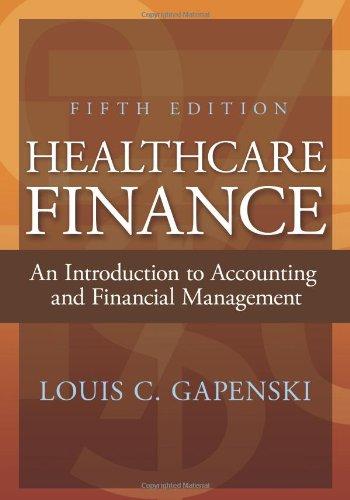Lus = zo()529 252 +r(t)s The standard Black-Scholes model is derived with assumptions of constant interest rate r and constant volatility o. In reality both can be functions of time, which give rise to either assuming deterministic or stochastic assumptions on the dynamics of r or o. In this problem assume that r = r(t) and o = o(t) are both given deterministic functions of time. The Black-Scholes operator becomes a a tys as - r(t) + at and the Black-Scholes equation for time-varying coefficients is LBSV = 0. Transforming the underlying price, option price, and time, the equation can be mapped to a time- independent coefficient equation. 1. Show that the operator Les is linear. Is this operator Lbs parabolic, elliptic or hyperbolic and why? Is it forward or backward? 2. Show that the transformations: * = Set); u = Vello; i = 7() with appropriate choices of a, b, can map the time-dependent coefficient equation to a time-independent coefficient equation. 3. Derive a formula for a call option price based on the transformation and using the constant-coefficient Les solution. Use standard conditions with strike K and maturity T. 4. Propose "reasonable" functions for r(t) and o(t) and determine the transforma- tions for those functions. Lus = zo()529 252 +r(t)s The standard Black-Scholes model is derived with assumptions of constant interest rate r and constant volatility o. In reality both can be functions of time, which give rise to either assuming deterministic or stochastic assumptions on the dynamics of r or o. In this problem assume that r = r(t) and o = o(t) are both given deterministic functions of time. The Black-Scholes operator becomes a a tys as - r(t) + at and the Black-Scholes equation for time-varying coefficients is LBSV = 0. Transforming the underlying price, option price, and time, the equation can be mapped to a time- independent coefficient equation. 1. Show that the operator Les is linear. Is this operator Lbs parabolic, elliptic or hyperbolic and why? Is it forward or backward? 2. Show that the transformations: * = Set); u = Vello; i = 7() with appropriate choices of a, b, can map the time-dependent coefficient equation to a time-independent coefficient equation. 3. Derive a formula for a call option price based on the transformation and using the constant-coefficient Les solution. Use standard conditions with strike K and maturity T. 4. Propose "reasonable" functions for r(t) and o(t) and determine the transforma- tions for those functions







